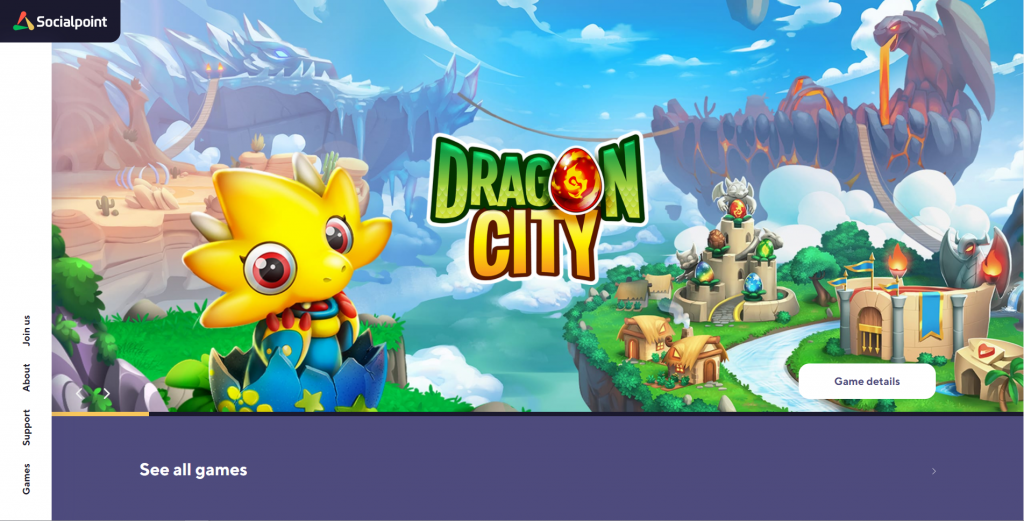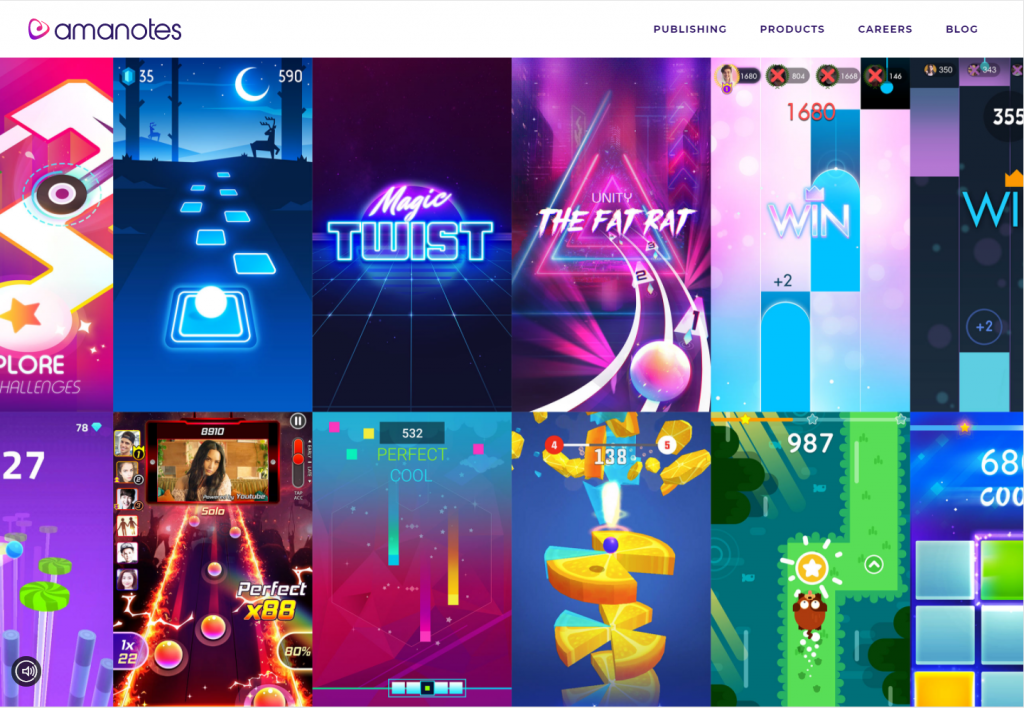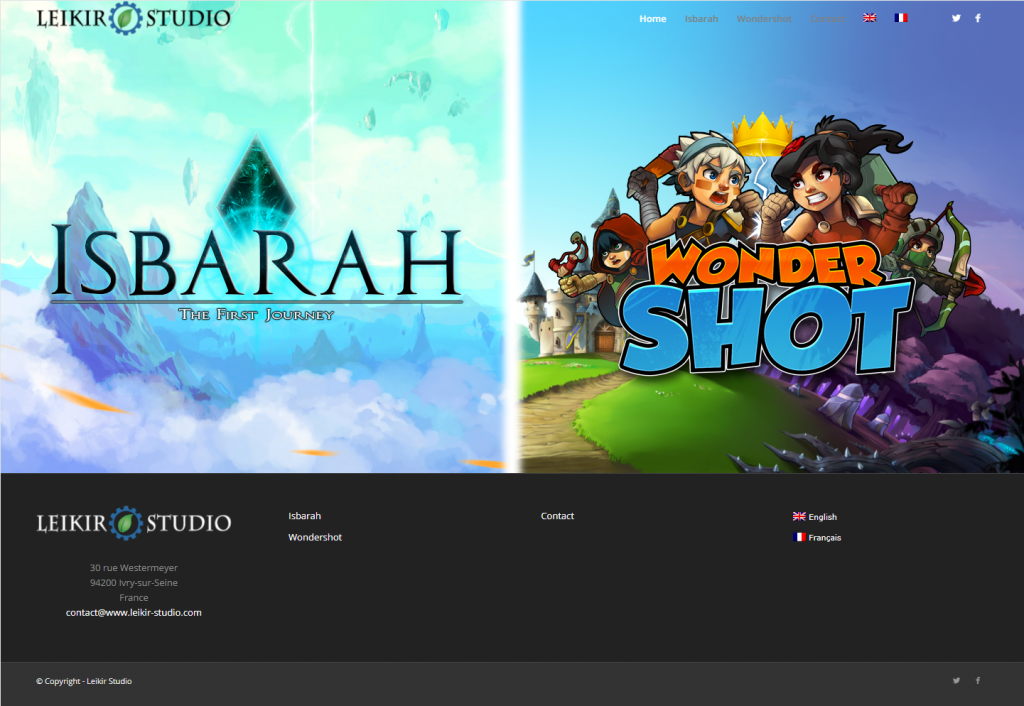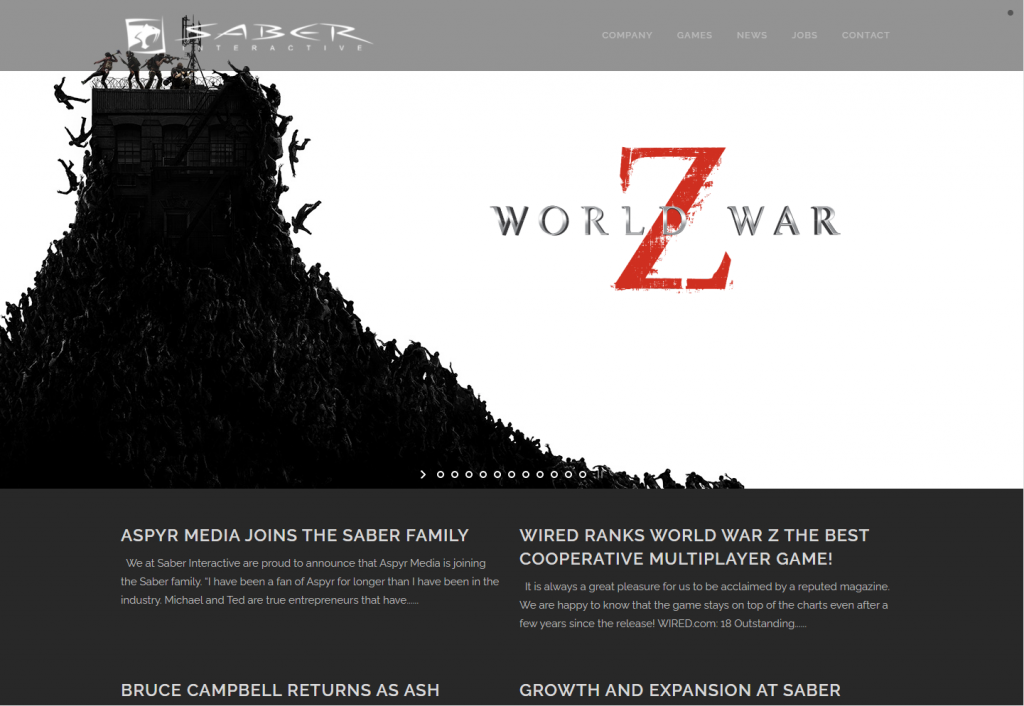
27 November 2025
How Game Dev Expertise Translates to Elite Shopify Development
Game Development
shopify
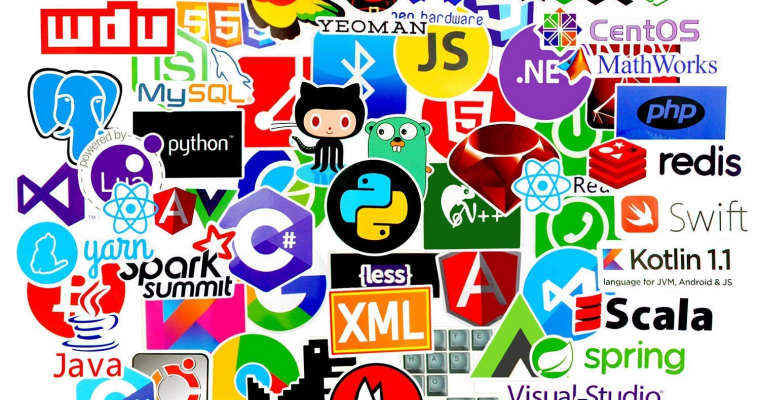
27 November 2025
Best Programming Language for Games
Gambling Industry
best programming language

25 November 2025
How to Hire a Dev Team at Ejaw
Game Development
dev team
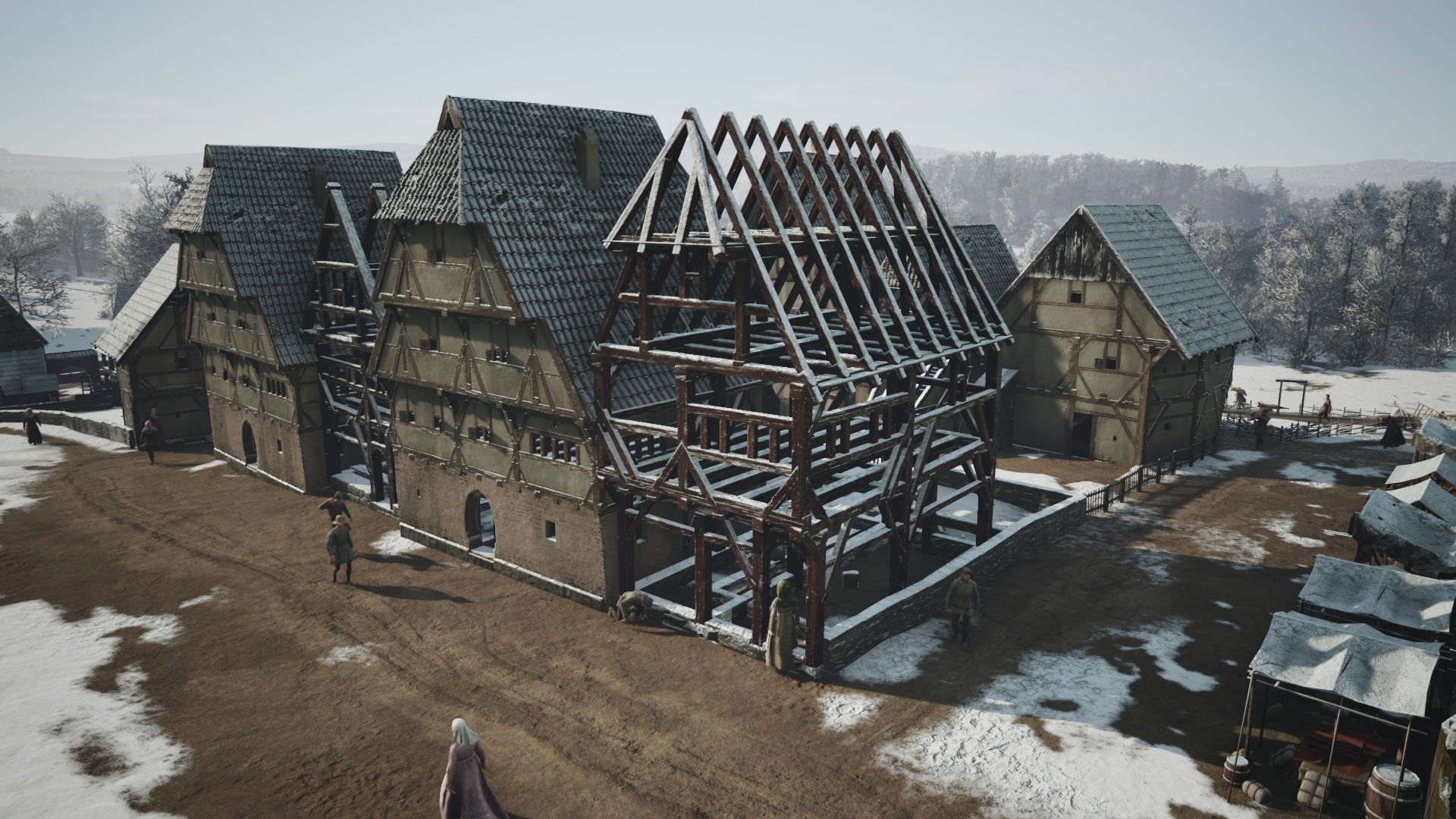
24 November 2025
Manor Lords: Medieval Empire-Builder in Strategy Games
AAA
manor lords
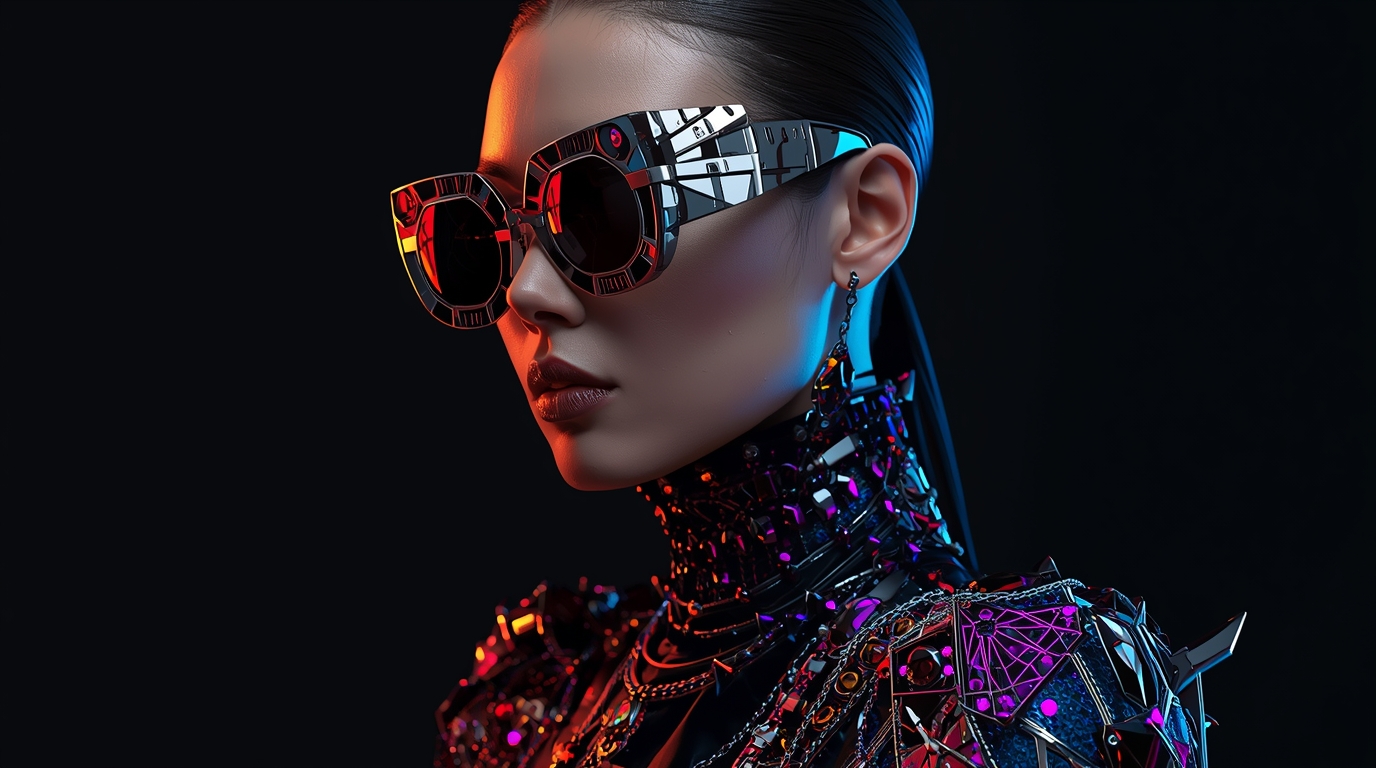
21 November 2025
What Do You Need to Know About 3D Art?
Game Art & Design
3d art

20 November 2025
Christmas Meme Collection for Coders, IT Wizards, and Game Dev Masochists
Game Development
memes
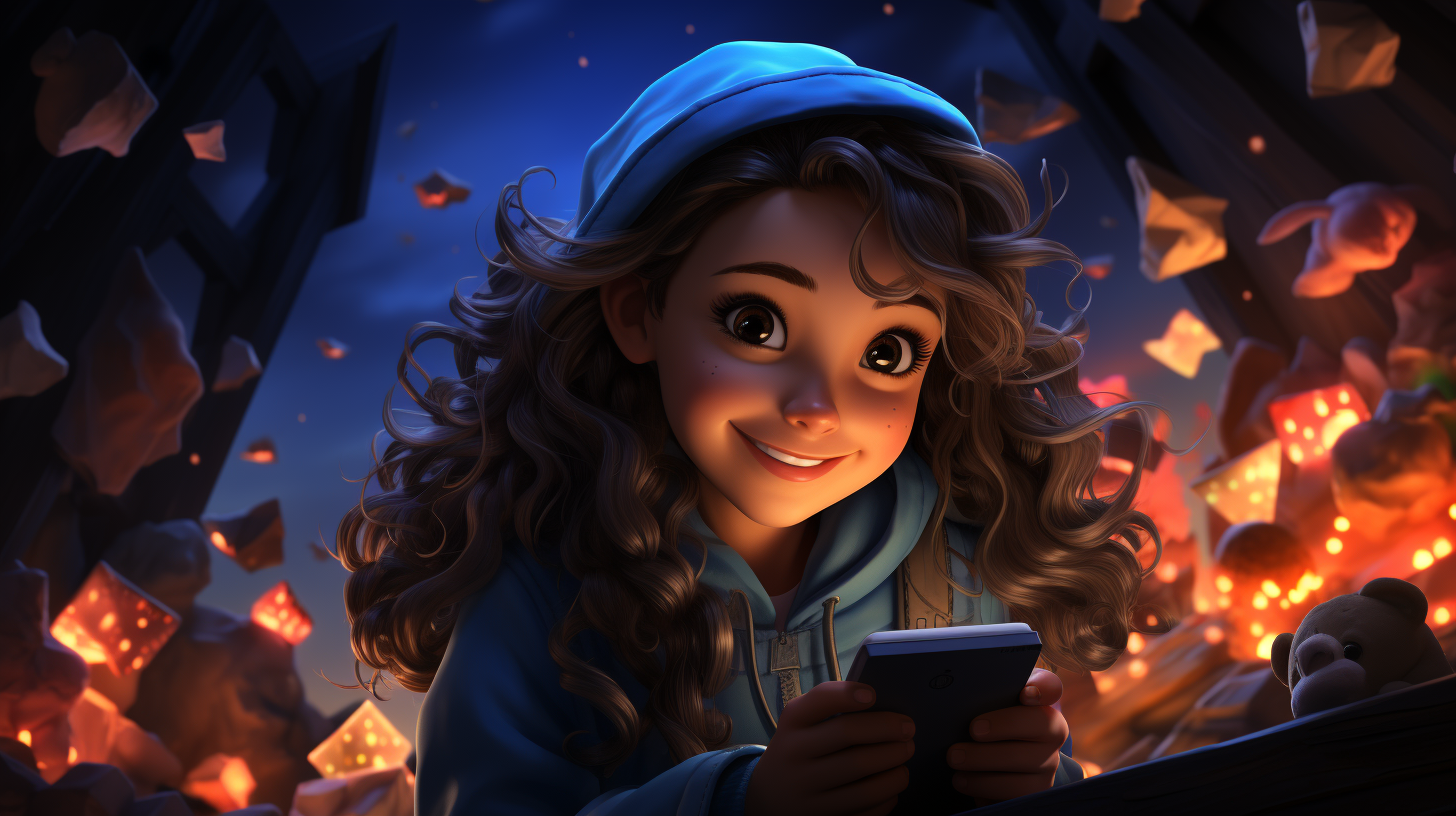
18 November 2025
Beginner’s Guide to Developing Games for Android and iOS
Game Art & Design
mobile game development
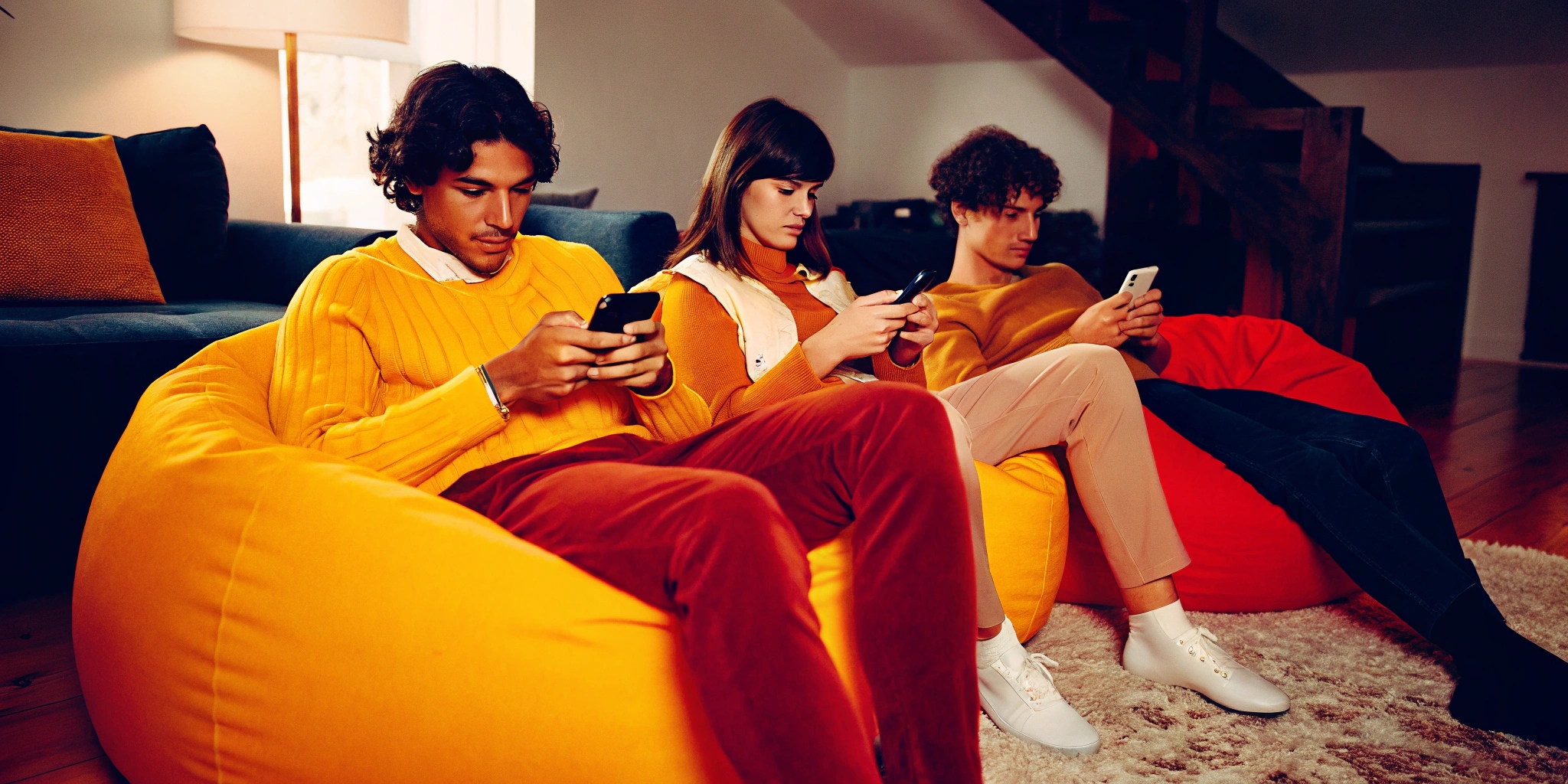
13 November 2025
Daily Fantasy Sports (DFS): A Thrilling Twist
Gambling Industry
daily fantasy sports

12 November 2025
Games Like Roblox: Your 2025 Alternatives
Game Development
roblox









